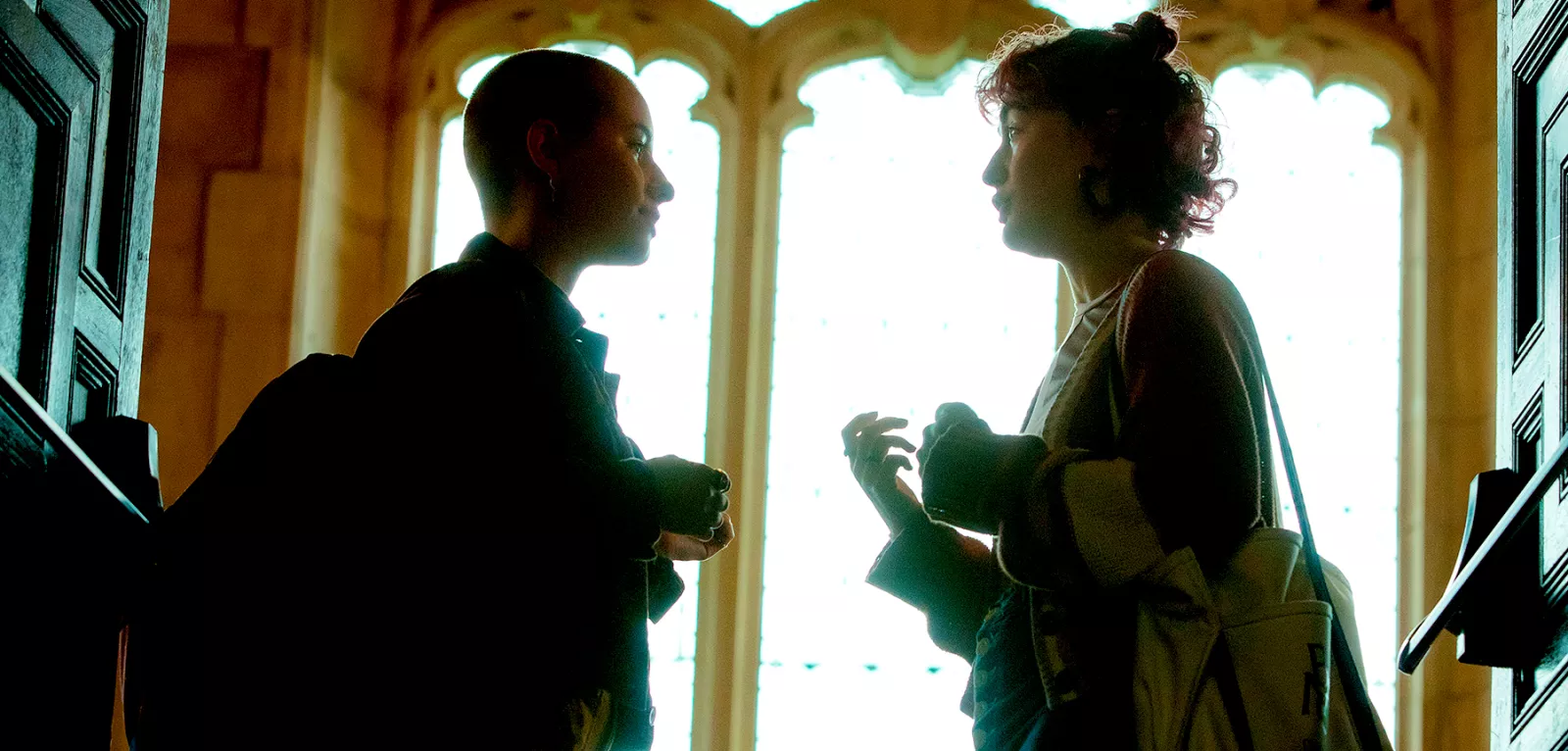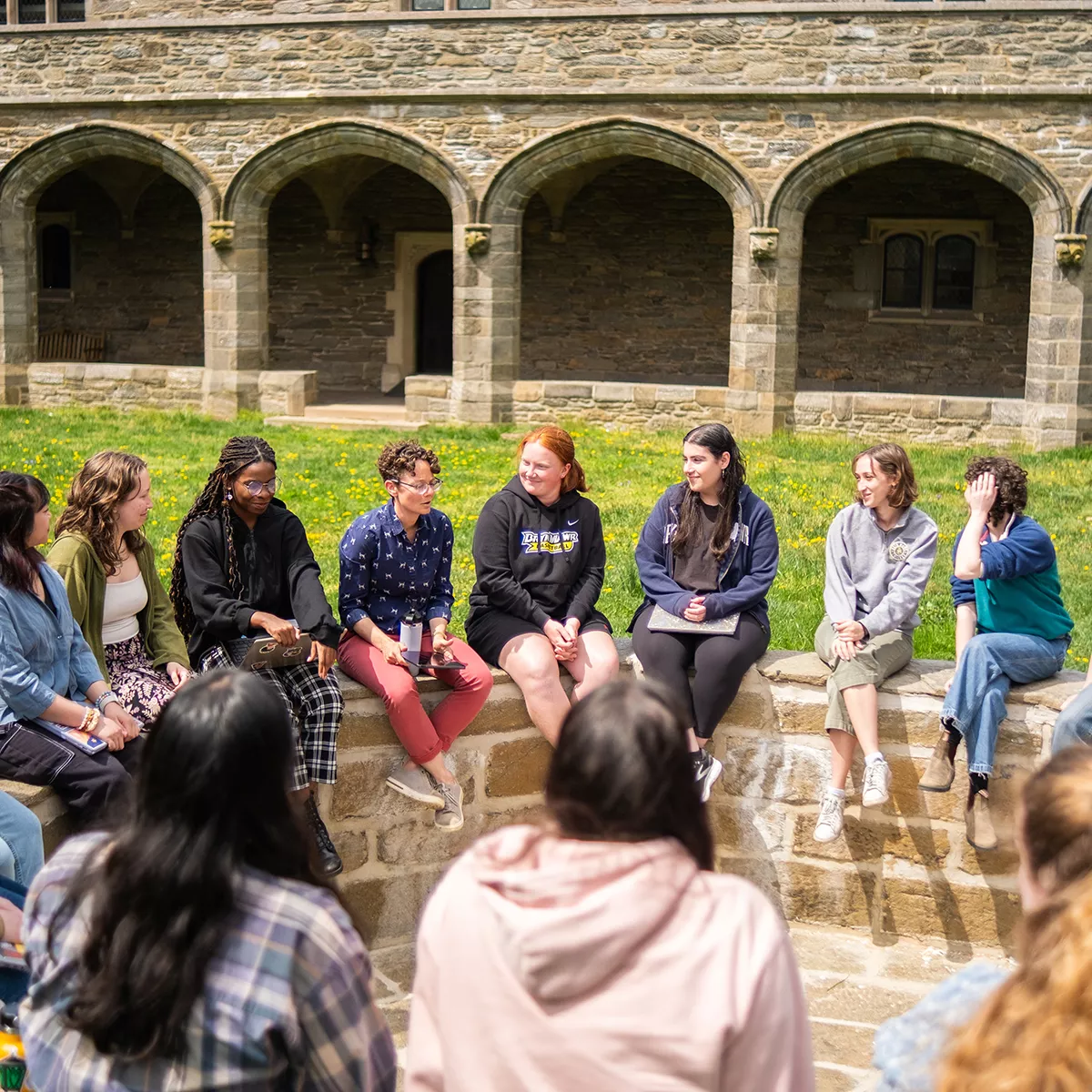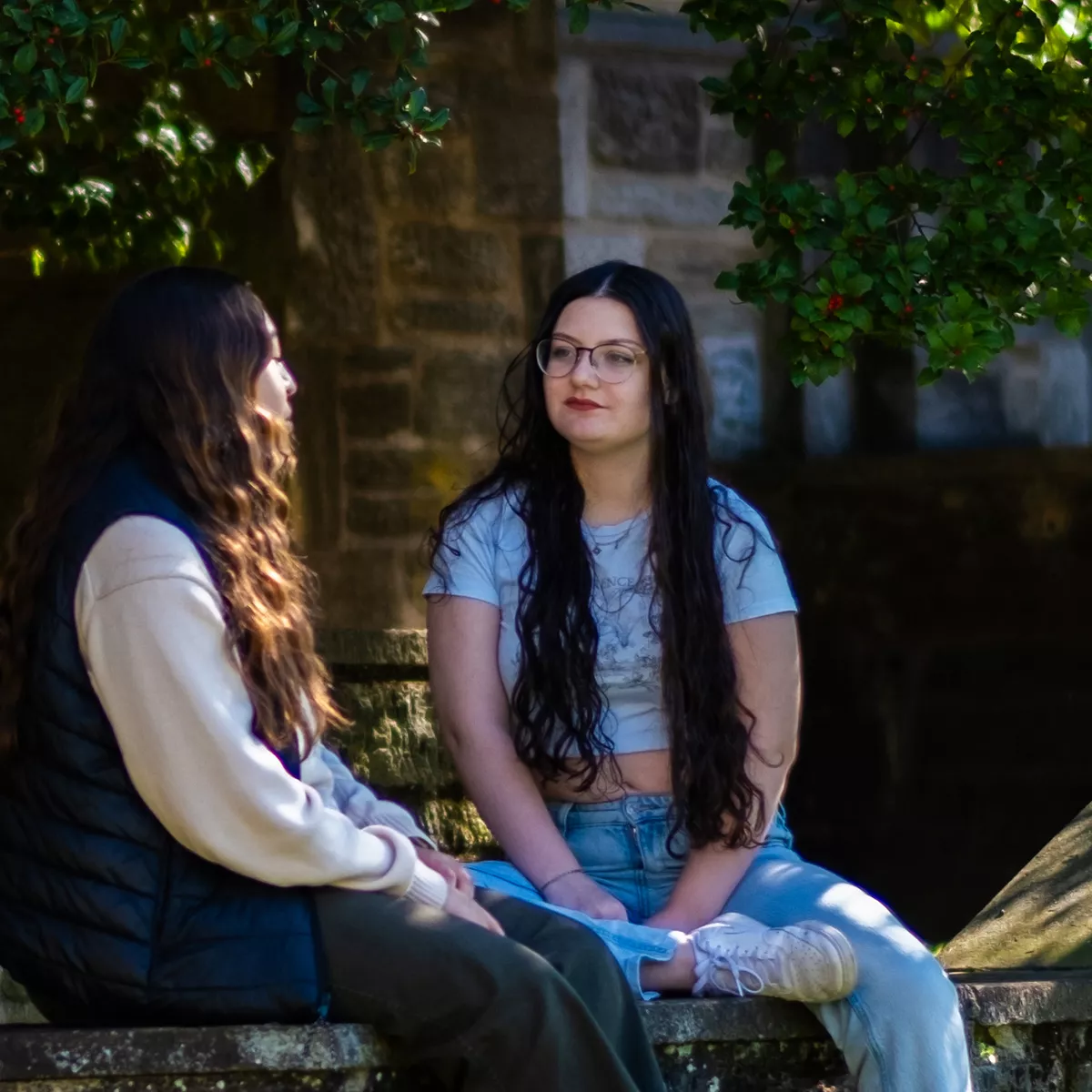
The Process
Start the Process
This process is confidential. Please honor and respect that.
Complete the Restorative Practice Intake Form
A staff member will contact you within three business days to schedule a meeting. Please take time to take care of yourself. If you feel you are currently in conflict with other community members, please limit your interactions with them.
The Different Types of Circles

Proactive Circles
These circles are the most common and increase or maintain the sense of community. Commonly, this looks like: A new group coming together to create community, such as a sports team; When there is a known upcoming event that has the potential to cause stress or harm, such as finals; When tension brews, such as when a student club is dealing with internal concerns, but before there is an argument; A group working to keep a high level of community presence, such as dorm floors maintaining themselves a welcoming space for the residents. These circles are also great for skill-building, as they help people feel more comfortable before entering any other type of circle process.

Listening Circles
These circles happen after an incident to help the community have space to hear and be heard. These circles have strict community guidelines that the group makes to make everyone feel listened to. These circles are not designed to “solve” the problem; they allow people to understand other peoples’ perspectives better as they process the situation. These can look at both community-wide events and interpersonal incidents.

Responsive Circles
These circles will happen rarely. These circles are what most people will think of when they think of therapeutic practice. These circles happen after an incident and harm has occurred. Everyone involved will gather in these circles to express how this situation impacts them and our community. These circles focus on allowing everyone to be heard and to work together to find a way to move forward.
Step-by-Step Guide
The first step is for someone in our community to complete the Restorative Practice Intake form. The form is confidential. Please be as specific as possible when filling this out and include all names, times, and places involved. Please note that this form cannot be anonymous.
RP staff will then meet with the community member who submitted the form. During this conversation, we will discuss the form and any other information needed to understand the concerns and how to support them best.
RP staff will work with you to decide if our process suits this situation. If it is not, we will offer ways to move forward to deal with the incident.
Depending on the type of circle, this step may look different. If this step is needed, RP staff will meet with all other named parties to have an initial meeting with them.
There may also be times when this step is not applicable if the circle will be open to a broader community. An example of this step not being done could be a request for a campus-wide circle on a specific topic affecting our entire population.
The circle process may be one session or multiple. You will meet as a group with a trained circlekeeper to discuss the community and potential concerns. These conversations will be highly mediated and require everyone to follow community agreements to hold us to specific standards while discussing. These will be created as a group to tailor to the individual needs of the participants. These conversations will allow for people to hear and be heard.
All circle processes will have outcomes that will be individual to the group, situation, concerns, and discussion. In all circles, we hope an outcome is that people feel supported and connected to our community.
There will be other types of expected outcomes in the different types of circles. Please see below a list of possibilities.
In non-campus-wide circles, there will be follow-ups after 1 week, 1 month, and 1 semester to check in about how the community feels about each individual. In these conversations, we will check in about any concerns that led to the circles, any support that an individual may need, and any new concerns that may or may not be linked to the original circle.
What do RP outcomes look like?
Typical RP Outcomes include all parties involved:
- Taking ownership of their actions
- Apologizing with a clear understanding of how actions affected others
- Following recommendations for other supports
- Sharing knowledge by doing things like leading a teach-in
- Taking part in groups around campus to learn and explore tenants around the concerns
- Taking part in community service activities
- Continuing circle work if the concerns continue
RP Outcomes DO NOT include:
- Expulsion or suspension
- Removal from dorm assignments, clubs, activities or teams
- Being fined
- Legal action of any kind
How do I know if RP is right for me?
Make sure you can say yes to the following questions:
- Can you be in the same room and respectfully discuss the concerns, harm, and/or incident with our community? These will be people affected by the concerns and, in cases of responsive circles, especially, include others directly involved.
- Are you ready to listen?
- Are you ready to learn more about yourself and grow?
- Are you ready to reflect on your outlook and actions?
- Are you ready to hear different points of view?
- Are you ready to accept ownership for any potential impact of your actions and apologize?
- Are you ready to follow through on the outcomes?
Other avenues for conflict resolution: Honor Board, Dean's Panel, Bias Incident Report, Conflict Resolution Committee, Reporting Sex Discrimination (Title IX)